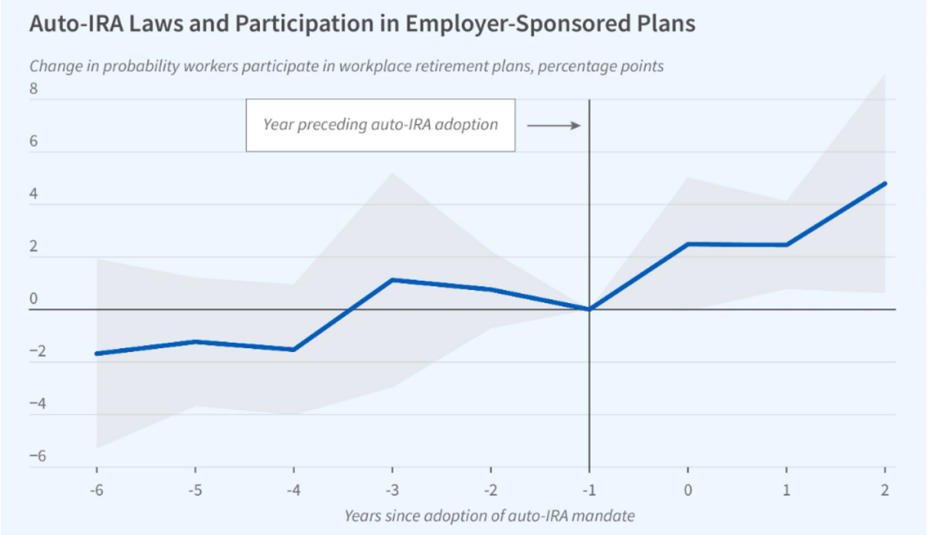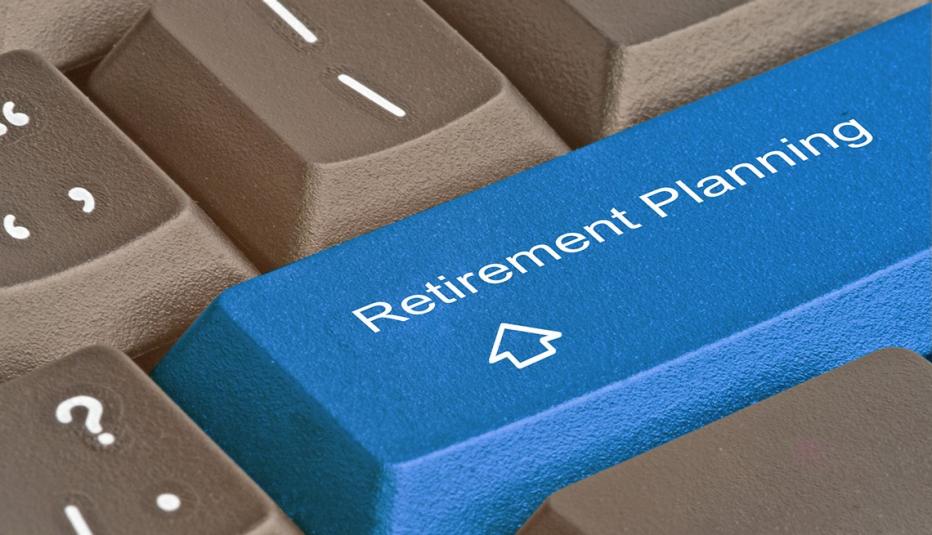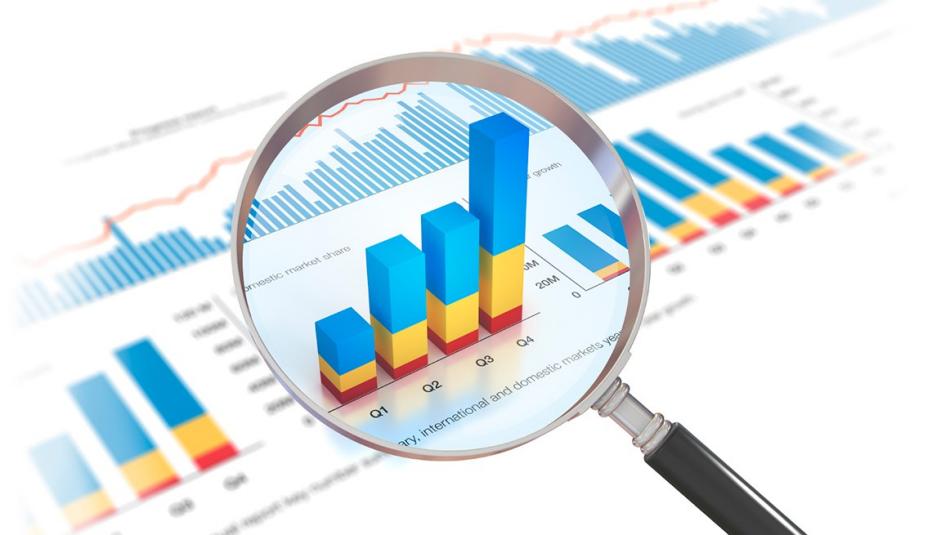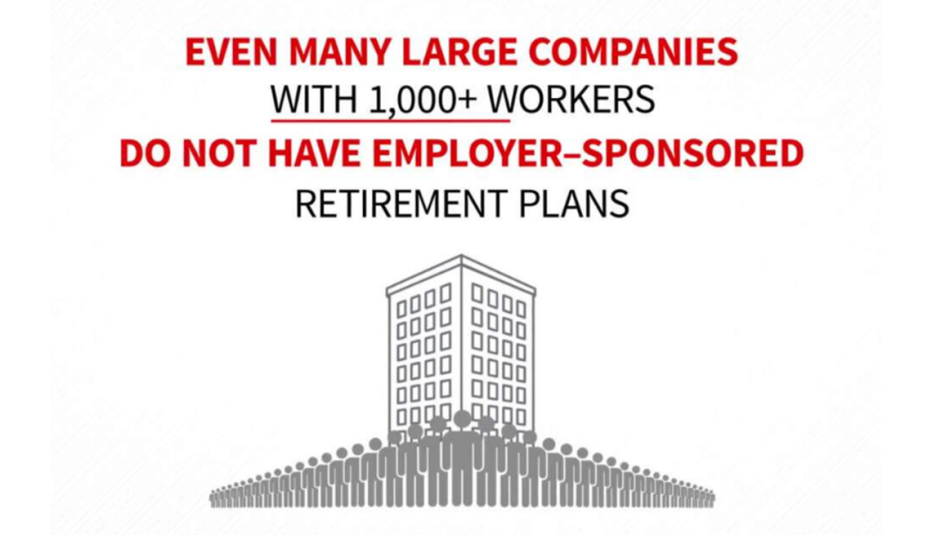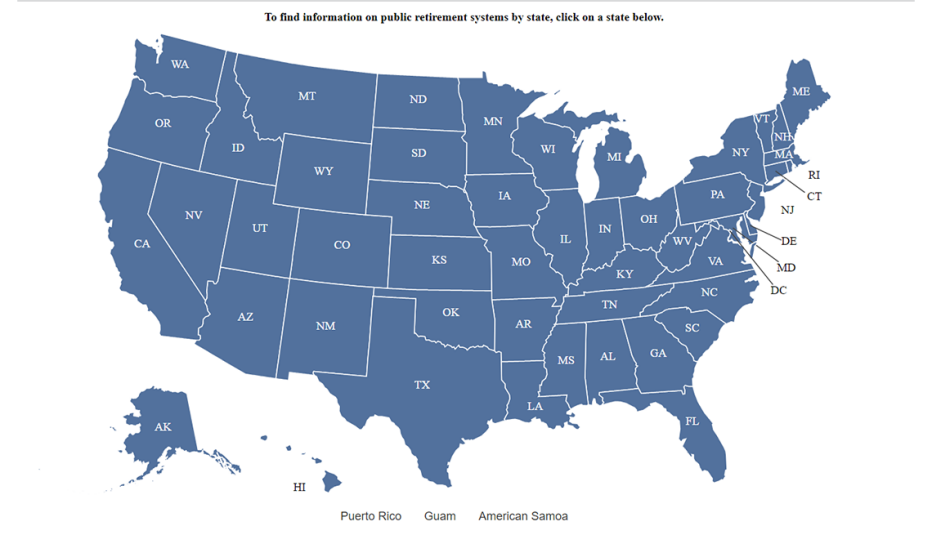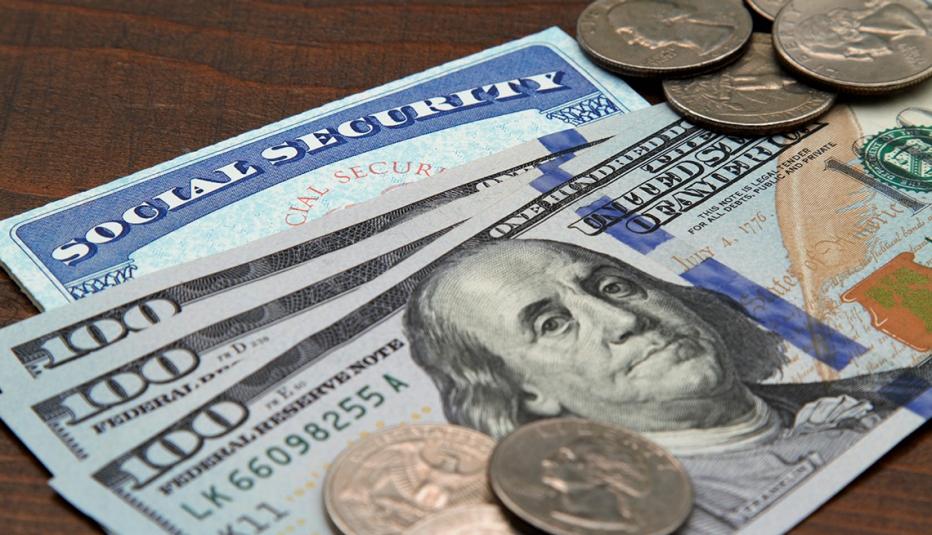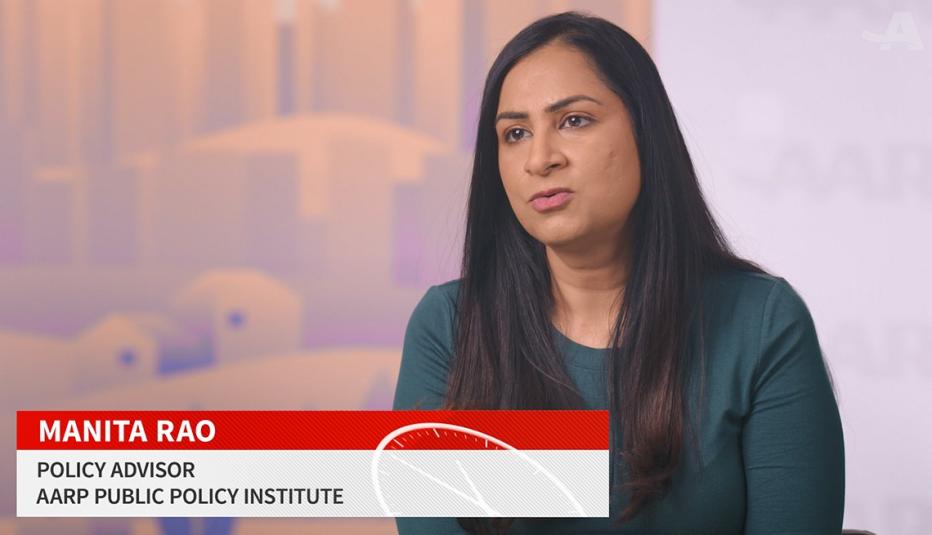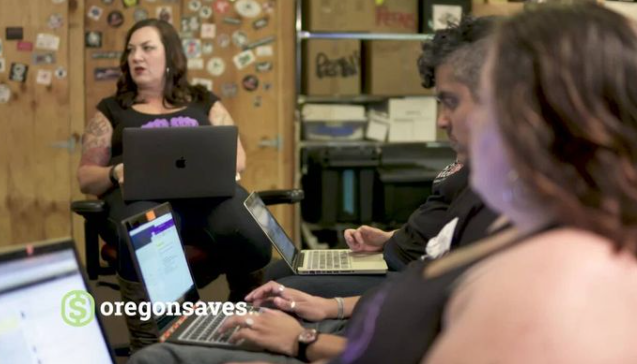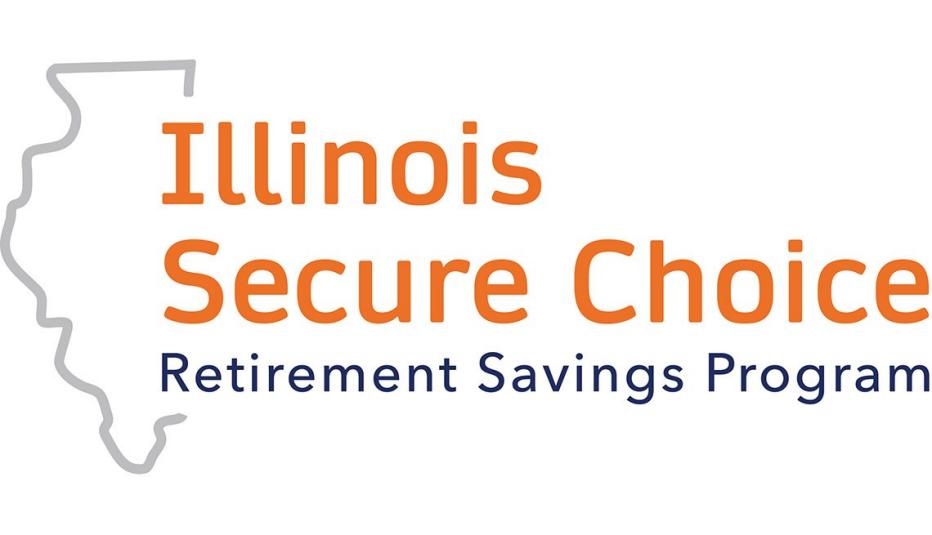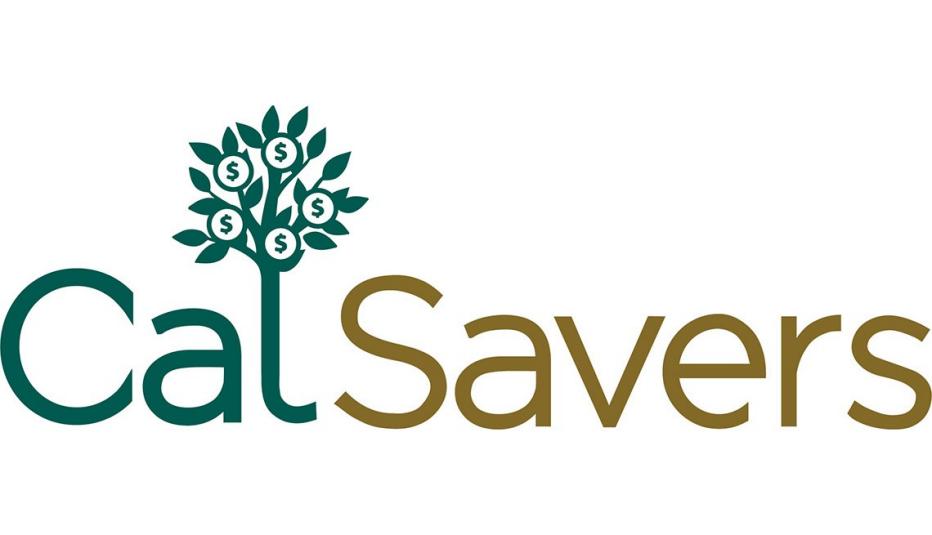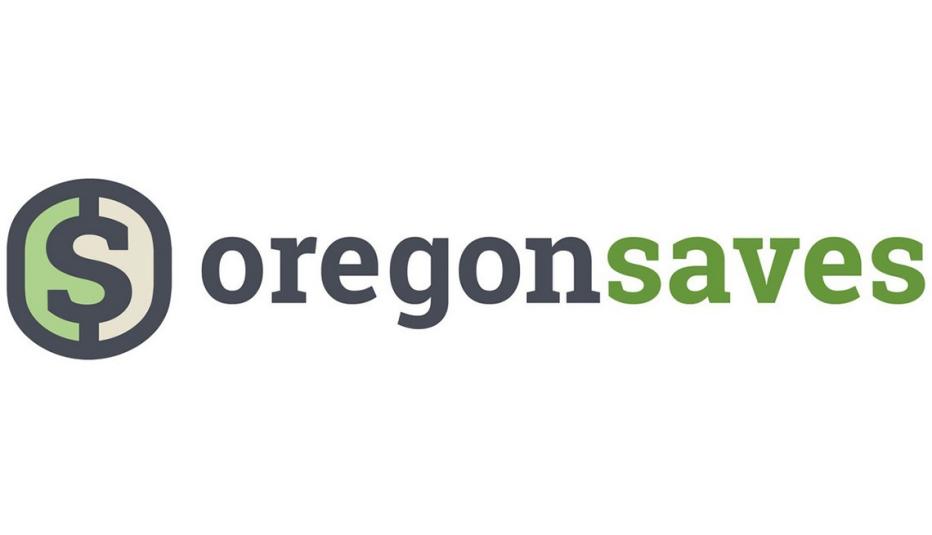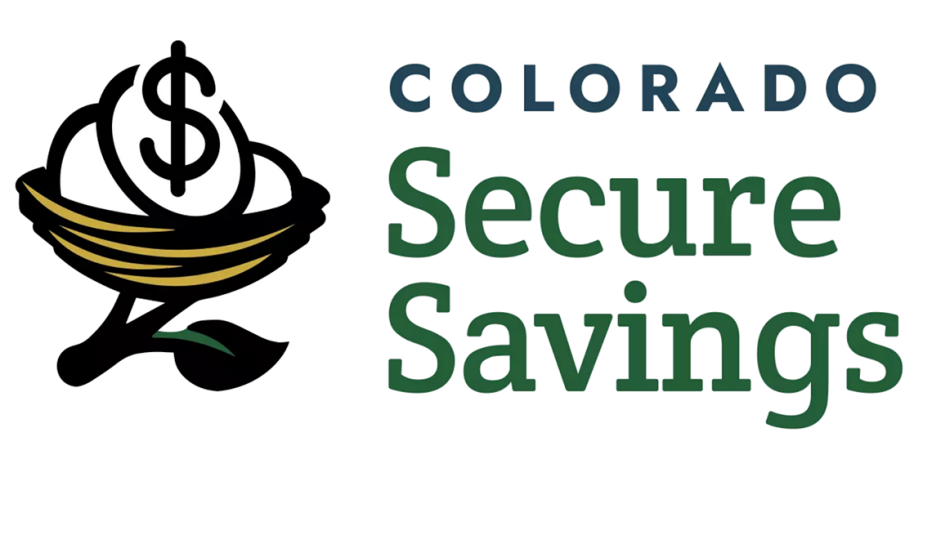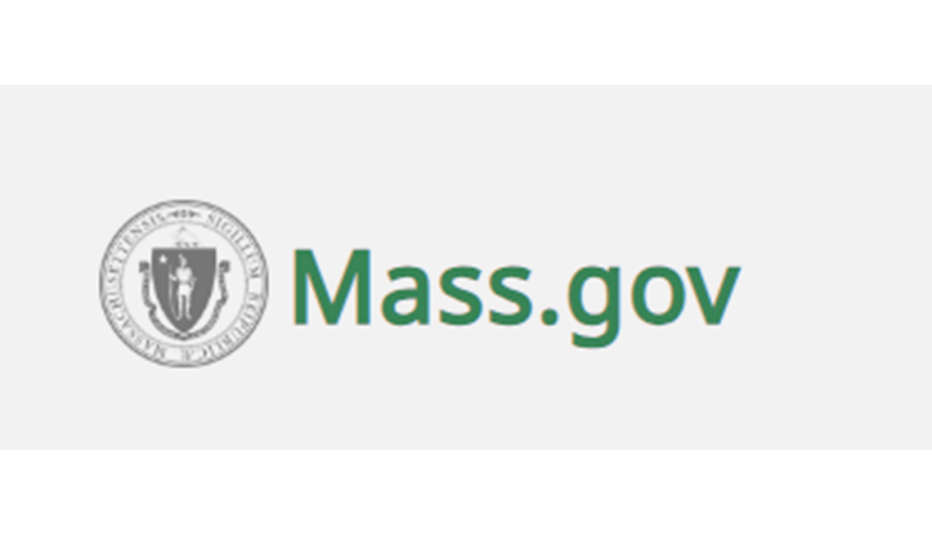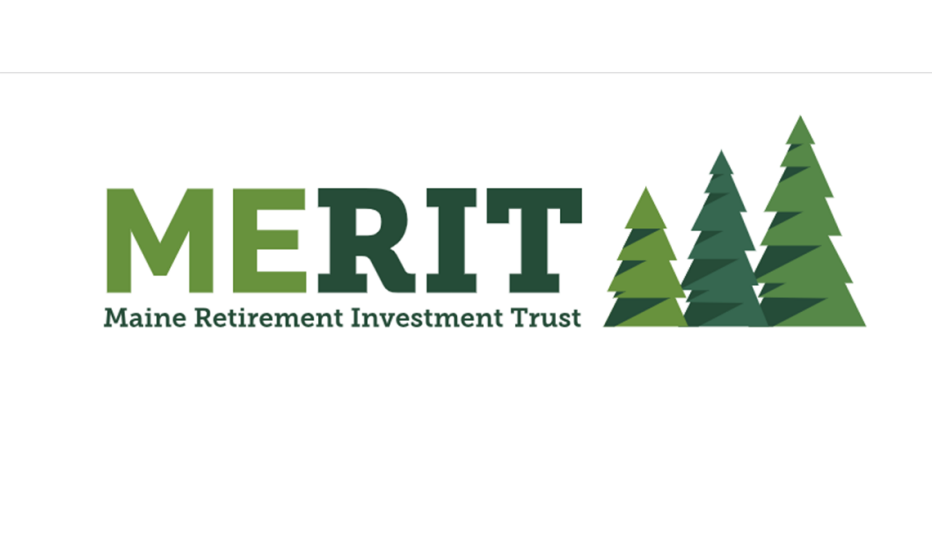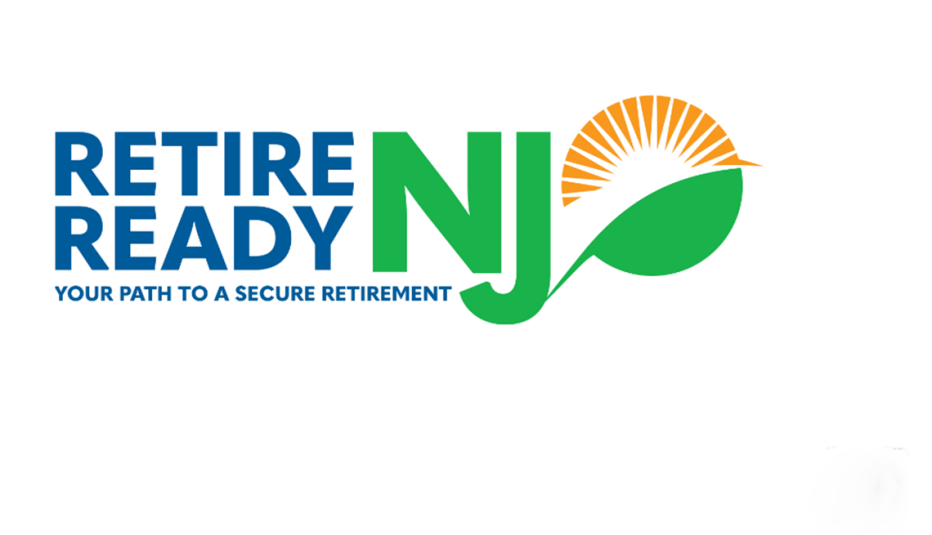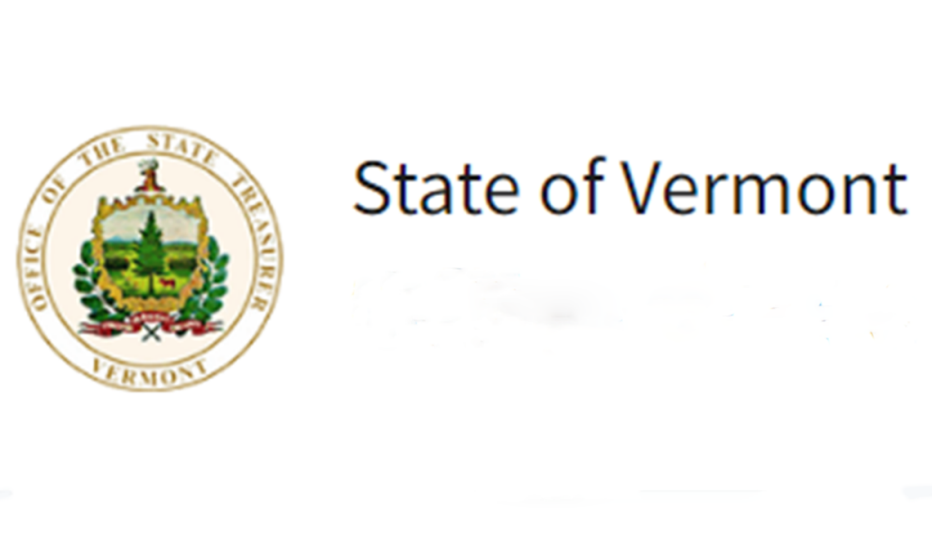AARP Hearing Center


About The State Retirement Resource Center
Welcome to the AARP State Retirement Resource Center, your go-to resource for data, information, and public opinion research related to state legislation, program design, specific focus areas, and implementation of retirement savings. For additional research requests or other needs, please contact AARP Media Relations at media@aarp.org.
The Case for the Auto IRA


Neal Introduces Automatic IRA Bill, Ways & Means Committee
Richard E. Neal (D-MA) introduced the Automatic IRA Act of 2024 to expand retirement coverage for millions of workers. The bill generally requires employers with over ten employees who do not sponsor a retirement plan to automatically enroll their employees in IRAs (automatic IRAs) or other automatic contribution plans or arrangements, like 401(k) plans. Smaller employers would be eligible for a new auto-IRA tax credit, making this requirement essentially costless to implement.


Customer Identification Program Rules Hamper Effectiveness of Automatic IRA Programs
To date, 17 states have passed legislation establishing auto-IRA programs, which provide an important retirement savings tool for workers who do not have employer-sponsored retirement benefits, and nearly 1 million workers in eight states have amassed over $1.7 billion in savings. Unfortunately, the CIP is preventing millions more from benefitting from these programs because they are not granted a common exemption for low-risk accounts.


Have State Auto-IRAs and Fintech Shifted Who Contributes to IRAs?
IRAs were created to help those without an employer plan to save, but most IRA assets are simply rollovers from 401(k)s, not new contributions. Recently, though, the share of households contributing to an IRA has ticked up – a little bit for low-income workers and a lot for those under 40.
Latest Research
ERISA and Auto Features: An RSPM Analysis of the Impact of Automatic Features on Retirement Security
The Employee Benefit Research Institute (EBRI) published a new research study that found that when automatic enrollment, automatic escalation, and automatic portability are used together, the impact can be substantial in reducing the likelihood that today's workers will run short of money in retirement.
Closing the Retirement Savings Gap: Early Results from the State Retirement Savings Programs
Early results indicate state retirement savings programs do increase access and have already accumulated almost $2 billion in assets. Studies also suggest that state mandates have resulted in the creation of new employer-provided retirement savings plans.
SECURE 2.0 Act Summary: New Retirement Savings Changes to Know
The SECURE 2.0 Act is a recently enacted significant piece of legislation that has brought about substantial changes to the retirement account rules in the United States. These changes affect retirement savings plans such as 401(k), 403(b), IRA, Roth accounts, and related tax breaks.
What Secure 2.0 Act Means for Your Retirement
Among the many changes it makes to retirement policy, the new law pushes back the required minimum distribution age for individual retirement accounts (IRAs), increases catch-up contribution limits for people over 50, and no longer requires employers to opt in; rather, once employees are eligible, employers will automatically enroll them into a retirement savings plan.
Find an Everyday 401(k) plan that's right for you and your employees
This interactive resource helps employers find retirement plans for their employees, with the tool detailing various retirement plan options for various business types. It also has information pertaining to state-mandated legislation on retirement plans, timelines for program enactment, and specific state program details such as offered plans, effective dates, and included employers/employees.
Americans’ Views of State-Facilitated Retirement Programs
Since 2012, every state except Alabama has either enacted or introduced legislation establishing state-facilitated retirement savings programs.
Most Americans (77%) agree that state-facilitated retirement savings programs are a good idea. There is high support across party and generational lines, with support highest among Millennials (79%).
State-facilitated Workplace Retirement Programs: What Businesses Should Know
The Federal Reserve reports that financial well-being declined, and 35% of those surveyed said they were worse off than the year before, while only 31% of non-retirees from the 2023 survey thought their retirement plan was on track — down 9% from the year before. Across America, many states are experiencing a retirement savings crisis. For example, in Connecticut, 600,000 working people in private industries still have no access to retirement plans. To deal with this crisis, 18 states and two cities have enacted legislation, and nine have fully implemented programs.
Washington Saves’ Program Would Help 1.2 Million Workers Save for a More Secure Financial Future
A recent study by Pew quantified the projected costs of insufficient retirement savings both nationally and in Washington state, finding that insufficient savings results in decreased household spending on goods and services and increased demand for social assistance programs.
Resources for Researchers and Policymakers
Federal Retirement Legislation


America Gets Bad Retirement News
Mercer CFA ranked the U.S. 29th out of 48 countries for its retirement income systems, including government retirement provisions and private-sector pension plans. The report says a C or C+ ranking is awarded to systems with "some good features but also has major risks and/or shortcomings that should be addressed; without these improvements, its efficacy and/or long-term sustainability can be questioned.


More than half of American workers feel behind on their retirement savings
More than half of Americans (57%) feel behind on their retirement savings, a slight increase from 2023 (56%). Forty-three percent of Gen X and 48% of older adults thought they were significantly behind where they needed to be.


The Road to NAPA: Navigating Legislative Changes in the Retirement Industry
Section 101 of SECURE 2.0 states that in 2025, new 401(k) and 403(b) plans established after December 29, 2022, must automatically enroll all eligible employees at a default contribution rate between 3% and 10% of their salary, unless the employee selects an alternative rate.


Video Spotlight
Additional Resources



































































